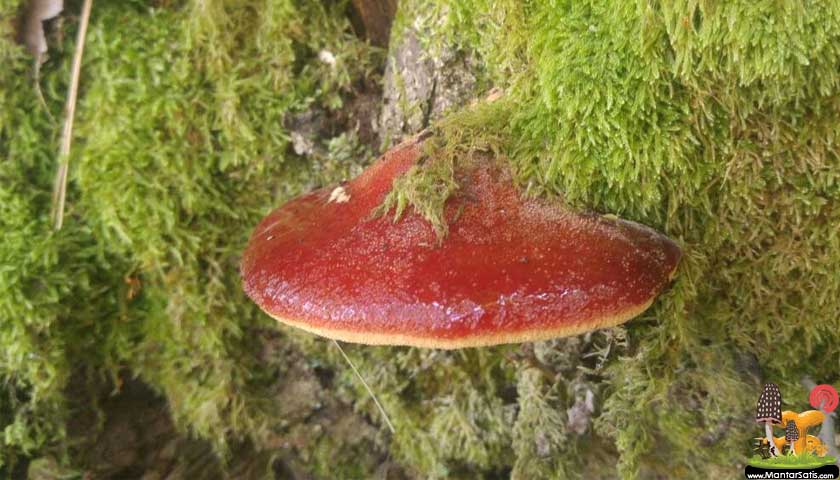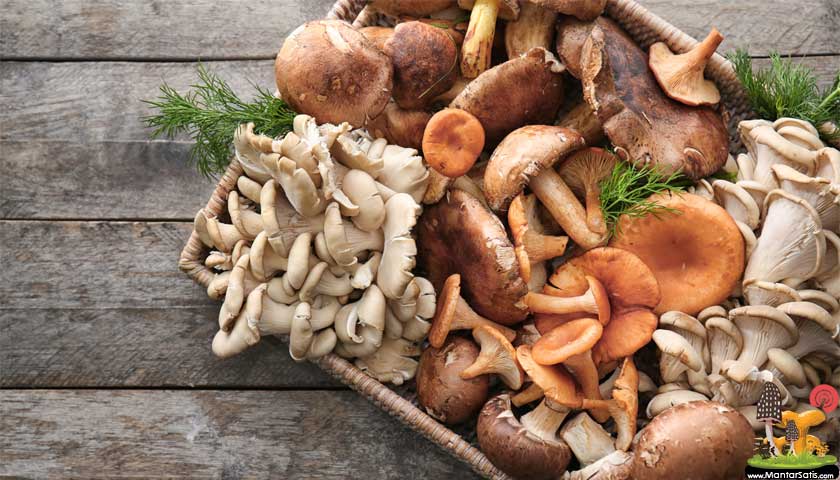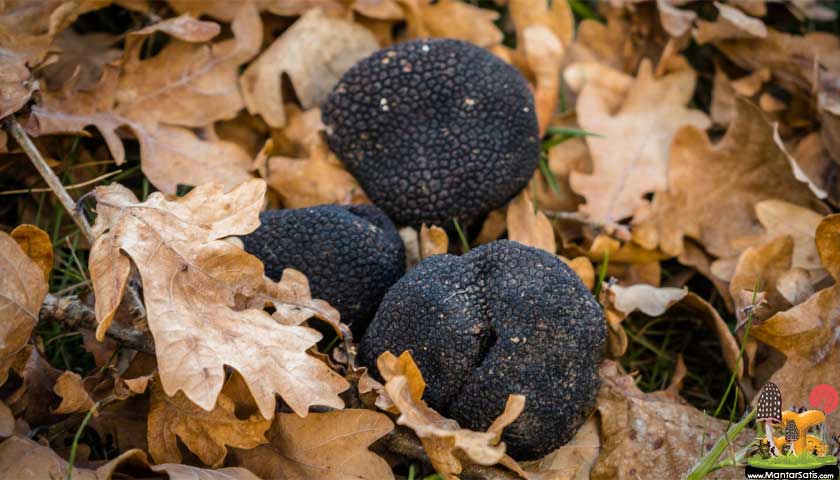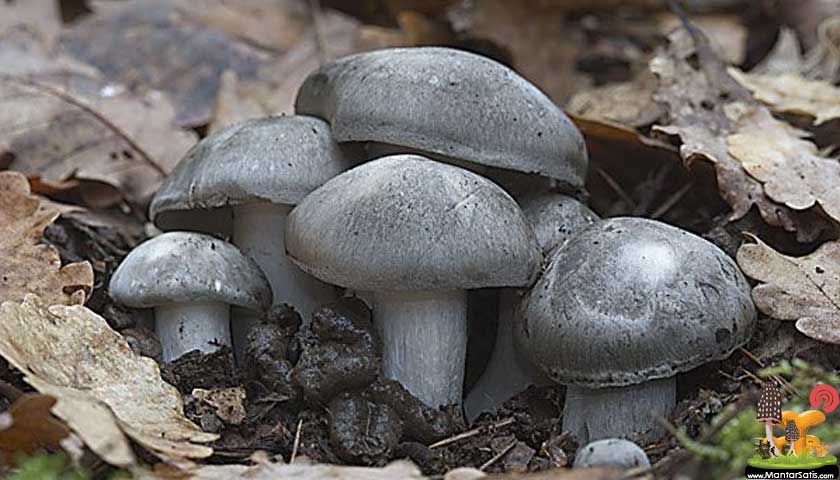Biftek mantarı
Biftek mantarı (Fistulina hepatica), Fistulinaceae familyasından yenebilen bir mantar türü. Şekli çiğ eti andırdığından ve kesildiği zaman kırmızı bir sıvı çıkardığı için biftek mantarı ismini almıştır. Görünüşlerinden dolayı halk arasında biftek mantarı, dana mantarı, öküz dili mantarı, sığır bifteği mantar, ciğer mantarı gibi çeşitli isimlerle anılırlar. Biftek mantarının görünüşü çiğ ete çok benzer ve dünyanın çeşitli yerlerinde yetişmektedir. Biftek mantarlarının hasatları ağustos ayının başından aralık ayının ortalarına kadar yapılmaktadır. Meşe,kestane ve bazende geniş yapraklı ağaçların gövdesinde yetişirler. Olgunlaşmamış biftek mantarının eti genellikle beyazdır, olgunlaşmaya başladıkça pembe veya kırmızı bir renk almaktadır. Olgunlaşmış biftek mantarları kesildiğinde kana benzeyen bir sıvı akar. Fransa’da pazarlarda halen satılmaktadır. Tadı, ekşimsi ve hafif asidiktir.
Genelde canlı ve çürümüş ağaçlarda yetişir. Çınar ve kestane ormanlarında oldukça sık rastlanır. Avustralya’da okaliptüs ağaçlarının yaralanmış yerlerinde yetişir.
Fistulina hepatica (beefsteak fungus, also known as beefsteak polypore, ox tongue, or tongue mushroom) is an unusual bracket fungus classified in the Agaricales, that is commonly seen in Britain, but can be found in North America, Australia, North Africa, Southern Africa and the rest of Europe. As its name suggests, it looks remarkably similar to a slab of raw meat. It has been used as a meat substitute in the past, and can still be found in some French markets. It has a sour, slightly acidic taste. For eating it must be collected young and it may be tough and need long cooking.
The shape resembles a large tongue, and it is rough-surfaced with a reddish-brown colour. The spores are released from minute pores on the creamy-white underside of the fruit body. A younger Fistulina hepatica is a pinkish-red colour, and it darkens with age. It bleeds a dull red juice when cut, with the cut flesh further resembling meat. It is edible and considered choice, although older specimens should be soaked overnight, as their juice can cause gastric upset.
The underside of the fruiting body, from which the spores are ejected, is a mass of tubules. The genus name is a diminutive of the Latin word fistula and means “small tube”, whilst the species name hepatica means “liver-like”, referring to the consistency of the flesh.
The species is fairly common, and can often be found on oaks and sweet chestnut, from August to the end of autumn, on either living or dead wood. It has a tendency to impart a reddish-brown stain to the living wood of oaks, creating a desirable timber type. In Australia, it can be found growing from wounds on Eucalyptus trees. It causes a brown rot on the trees which it infects.
https://youtu.be/drHU9jjNBOw
Печёночница обыкновенная (Fistulina hepatica)
Fistulina is classified in the family Fistulinaceae; molecular studies suggest close relations to the agaric mushroom Schizophyllum in the Schizophyllaceae (in the schizophylloid clade), but in the separate sister fistulinoid clade. Fistulina is a cyphelloid genus, meaning that it is closely related to gilled fungi, but its fertile surface consists of smooth cup-shaped elements instead of gills. The underside (the hymenium) is a mass of tubules which represent a “reduced” form of the ancestral gills.




